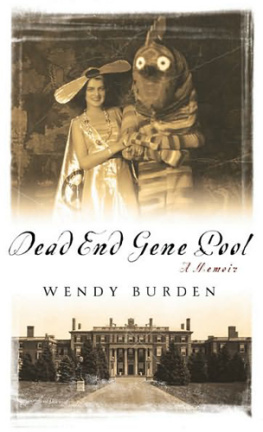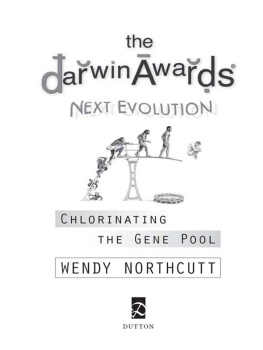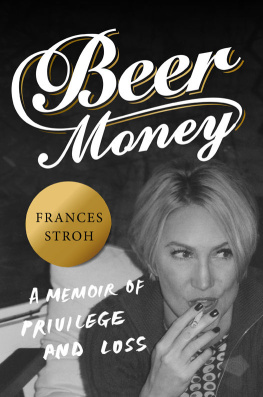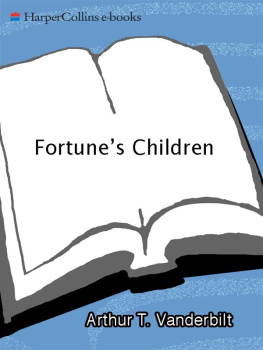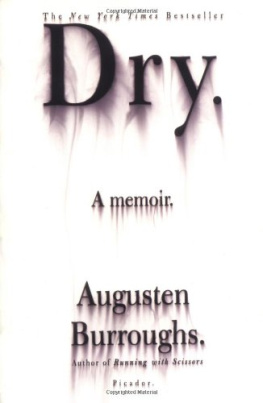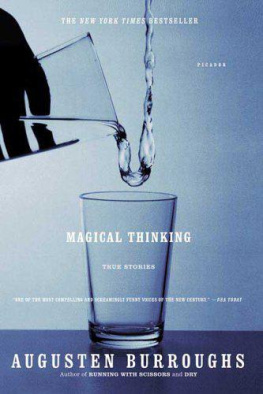Table of Contents

GOTHAM BOOKS
Published by Penguin Group (USA) Inc.
375 Hudson Street, New York, New York 10014, U.S.A.
Penguin Group (Canada), 90 Eglinton Avenue East, Suite 700, Toronto, Ontario M4P 2Y3, Canada (a division of Pearson Penguin Canada Inc.); Penguin Books Ltd, 80 Strand, London WC2R 0RL, England; Penguin Ireland, 25 St Stephens Green, Dublin 2, Ireland (a division of Penguin Books Ltd); Penguin Group (Australia), 250 Camberwell Road, Camberwell, Victoria 3124, Australia (a division of Pearson Australia Group Pty Ltd); Penguin Books India Pvt Ltd, 11 Community Centre, Panchsheel Park, New Delhi110 017, India; Penguin Group (NZ), 67 Apollo Drive, Rosedale, North Shore 0632, New Zealand (a division of Pearson New Zealand Ltd); Penguin Books (South Africa) (Pty) Ltd, 24 Sturdee Avenue, Rosebank, Johannesburg 2196, South Africa
Penguin Books Ltd, Registered Offices: 80 Strand, London WC2R 0RL, England
Published by Gotham Books, a member of Penguin Group (USA) Inc.
First printing, April 2010
Copyright 2010 by Wendy Burden
All rights reserved
Gotham Books and the skyscraper logo are trademarks of Penguin Group (USA) Inc.
LIBRARY OF CONGRESS CATALOGING-IN-PUBLICATION DATA
Burden, Wendy.
eISBN : 978-1-101-18618-3
1. Burden, WendyChildhood and youth. 2. Burden family. I. Title.
CT275.B785218A3 2010
929.20973dc22 2009028953
Set in Janson Text
Without limiting the rights under copyright reserved above, no part of this publication may be reproduced, stored in or introduced into a retrieval system, or transmitted, in any form, or by any means (electronic, mechanical, photocopying, recording, or otherwise), without the prior written permission of both the copyright owner and the above publisher of this book.
The scanning, uploading, and distribution of this book via the Internet or via any other means without the permission of the publisher is illegal and punishable by law. Please purchase only authorized electronic editions, and do not participate in or encourage electronic piracy of copyrighted materials. Your support of the authors rights is appreciated.
While the author has made every effort to provide accurate telephone numbers and Internet addresses at the time of publication, neither the publisher nor the author assumes any responsibility for errors, or for changes that occur after publication. Further, the publisher does not have any control over and does not assume any responsibility for author or third-party Web sites or their content.
http://us.penguingroup.com
For my mother, goddamn it.
Prologue
ITS A TESTAMENT to his libido, if not his character, that Cornelius Vanderbilt died of syphilis instead of apoplexy.
In 1794, a few miles from where his powdered bones eternally lie, within the eight-foot-thick walls of the largest tomb ever built in America, the origin of my familys fortune was born into what would prove to be a very material world. As the sixth of nine children, Cornelius was expected to pull his weight. At eleven he had dropped out of school, and at sixteen he was piloting his own small ferryboat. At nineteen he married his cousin Sophia Johnson (an act of consanguinity that arguably heralded the start of our genetic troubles) and set about fathering the first of thirteen children. By twenty-one the Vanderbilt name was on several schooners, and by thirty-five Cornelius had earned the sobriquet of Commodore and controlled a network of steamboat routes that traveled up and down the East Coast. At seventy he had the wherewithal to switch from steamships to railroads. And at seventy-five he eloped to Canada to marry a thirty-one-year-old woman named Frank.
Many colorful adjectives have been used to describe my great-times-four-grandfather: egomaniacal, unethical, coarse, brilliant, vulgar, ingenious, pigheaded, underbred, ruthless. Only one is necessary: rich. And not just a little rich; at the time of his deathin the midst of a blizzard, which caused the glass roof of Grand Central Terminal to collapse, even as its creator lay rasping his final, philandering breaththe full market value of the Commodore was in the neighborhood of 167 billion bucks.
Call it syphilitic dementia; in his will the Commodore disinherited all of his offspringsave one. William H. Vanderbilt, already in possession of the worlds largest muttonchops, was ceded control of his fathers fortune. To show his appreciation, he repaid his father with the monumental morgue he now resides in, a replica of the French twelfth-century church of Saint-Gilles-du-Gard in Arles, designed by the favorite architect of the Vanderbilts, Richard Morris Hunt. William H. had his fathers corpse exhumed and transferred posthaste, post-construction, and interred beneath an elaborate stone relief carving of the Creation.
Eight years later, William H. was no doubt surprised at his own removal to the family vault. He now lies across the apse from his father, reposing in a kindred niche, beneath a depiction of Paradise. And whereas the Commodore died the richest person in America, his son managed to double his inheritance in the corporeal time he had left, and he died the richest person In The World.
Thankfully, William H. was more egalitarian than his father. Instead of stiffing his children, he divided his wealth (however misogynistically) between his four sons and four daughters, one of the latter, Florence, being my great-great-grandmother.
The sisters, Margaret, Emily, Florence, and Eliza, all married, and spent the remainder of their lives outbuilding one another. If a sister built a summer cottage with forty rooms, the next had to build one with forty-two. In 1877, the year her grandfather, the Commodore, died, Florence married a financier named Hamilton McKay Twombly. The groom came with his own money, and proved to be no slouch at making lots more of it. He invested all of their assets in mining ventures and transportation, and multiplied them. Florence went on to be the wealthiest of her siblings, as well as the longest lived, and she was without a doubt the biggest spender of them all. Which would explain why we, her descendants, carry the malignant code for extravagance in our genomes.
The Twomblys had four children: Alice, Florence, Ruth, and Hamilton. The family lived the simple life of the wildly rich; they wintered in New York City, in their town house, the last great private home to be built on Fifth Avenue, and when not traveling in Europe, they summered in Newport, in a fifty-room cottage on Cliff Walk, overlooking the sea.
It wasnt enough. Hamilton Twombly wanted something within commuting distance of the city. So in 1890 he purchased twelve hundred acres in Morris County, New Jersey, and enlisted the architectural services of McKim, Mead and White. Six hundred laborers were shipped over from Italy, and it took them six years to construct a 110-room rose brick and limestone Georgian house that was a faithful reproduction of Christopher Wrens west wing of Hampton Court palace. (Emulating the houses of King Henry VIII was not considered a frivolity at the turn of the century.) Thomas Edison, a neighbor and friend, designed the massive electrical generator and heating plant needed to run the estate. Stabling was built to house fifty horses, as were carriage houses and garages, a dozen greenhouses and an orangerie. Frederick Law Olmsted rearranged a hundred and fifty acres of the wild New Jersey rolling hills, and forests of oak and beech, into a series of formal gardens, terraces, and parkland. The remaining 750 acres were designated for the working farm and the dairy operation of several hundred prized Guernsey cattle, the largest such private breeding farm in the country.
Next page
